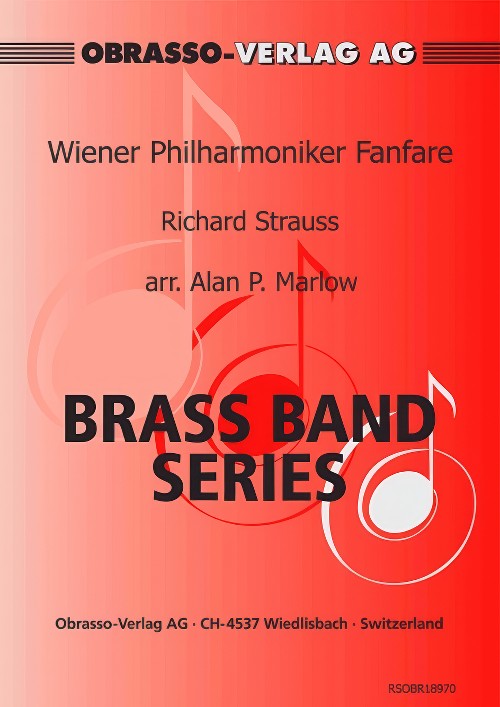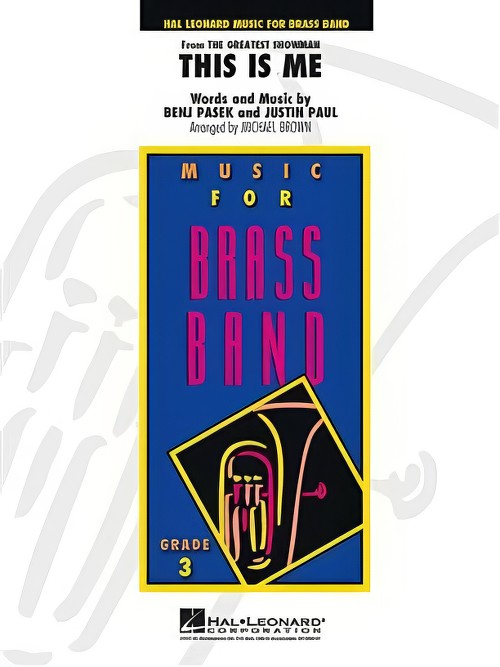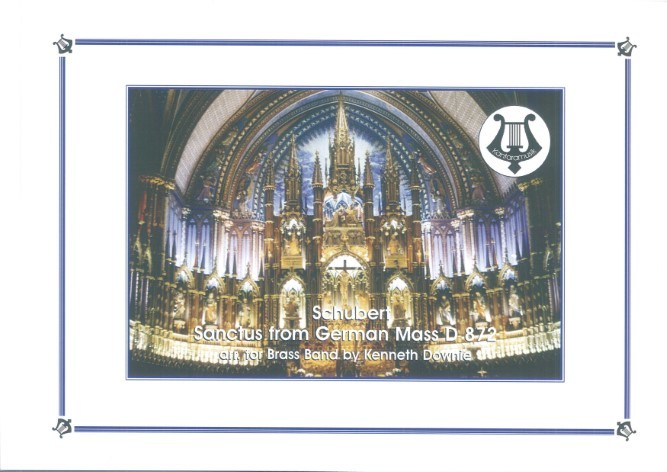Results
-
 £56.90
£56.90On the Pier - P. Yorke
Estimated dispatch 5-14 working days
-
 £68.90
£68.90Automation - P. Yorke
Estimated dispatch 5-14 working days
-
 £56.90
£56.90Windsor Great Park - P. Yorke
Estimated dispatch 5-14 working days
-
£24.95
Ballycastle Bay - P.R. Barratt
Estimated dispatch 5-14 working days
-
£24.95
Tango Taquin - P.R. Barratt
Estimated dispatch 5-14 working days
-
£24.95
March of the Cobblers - P.R. Barratt
Estimated dispatch 5-14 working days
-
 £50.90
£50.90Choral Fantasy (Brass Band - Score and Parts) - Marlow, Alan P.
based on AureliaSlightly reduced Brass Band instrumentation (no rep cornet, no 2nd horn, no 2nd trombone part).
Estimated dispatch 7-14 working days
-
 £50.90
£50.90Wiener Philharmoniker Fanfare (Brass Band - Score and Parts) - Strauss, Richard - Marlow, Alan P.
Op.109, TrV 248
Estimated dispatch 7-14 working days
-
 £59.99
£59.99This is Me (from The Greatest Showman) (Brass Band - Score and Parts) - Pasek & Paul - Brown & Jeanbourquin
From the songwriting team who brought us Dear Evan Hansen and La La Land, the movie musical The Greatest Showman is based on the true story of P. T. Barnum, with Hugh Jackman in the title role. This arrangement of the powerful anthem from the film is a dynamic showcase for the concert stage.
Estimated dispatch 7-14 working days
-
 £19.95
£19.95Sanctus (From German Mass D.872) (Brass Band - Score and Parts) - Schubert, Franz - Downie, Kenneth
Franz Schubert's so-called German Mass, D. 872 is one of his last works of sacred music and was written in 1827. The work was commissioned by Professor J P Neumann of the Polytechnic School of Vienna who provided the texts for the nine short sections. It was Neumann's idea that the work be as musically simple as possible and able to be performed by amateurs. This arrangement of the Sanctus seeks to preserve the simplicity of the original, allowing the sheer beauty of the melodic lines to have prominence.
Estimated dispatch 7-14 working days
